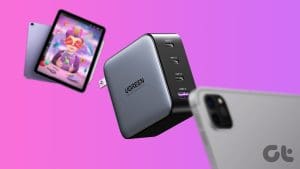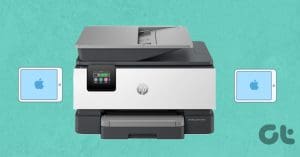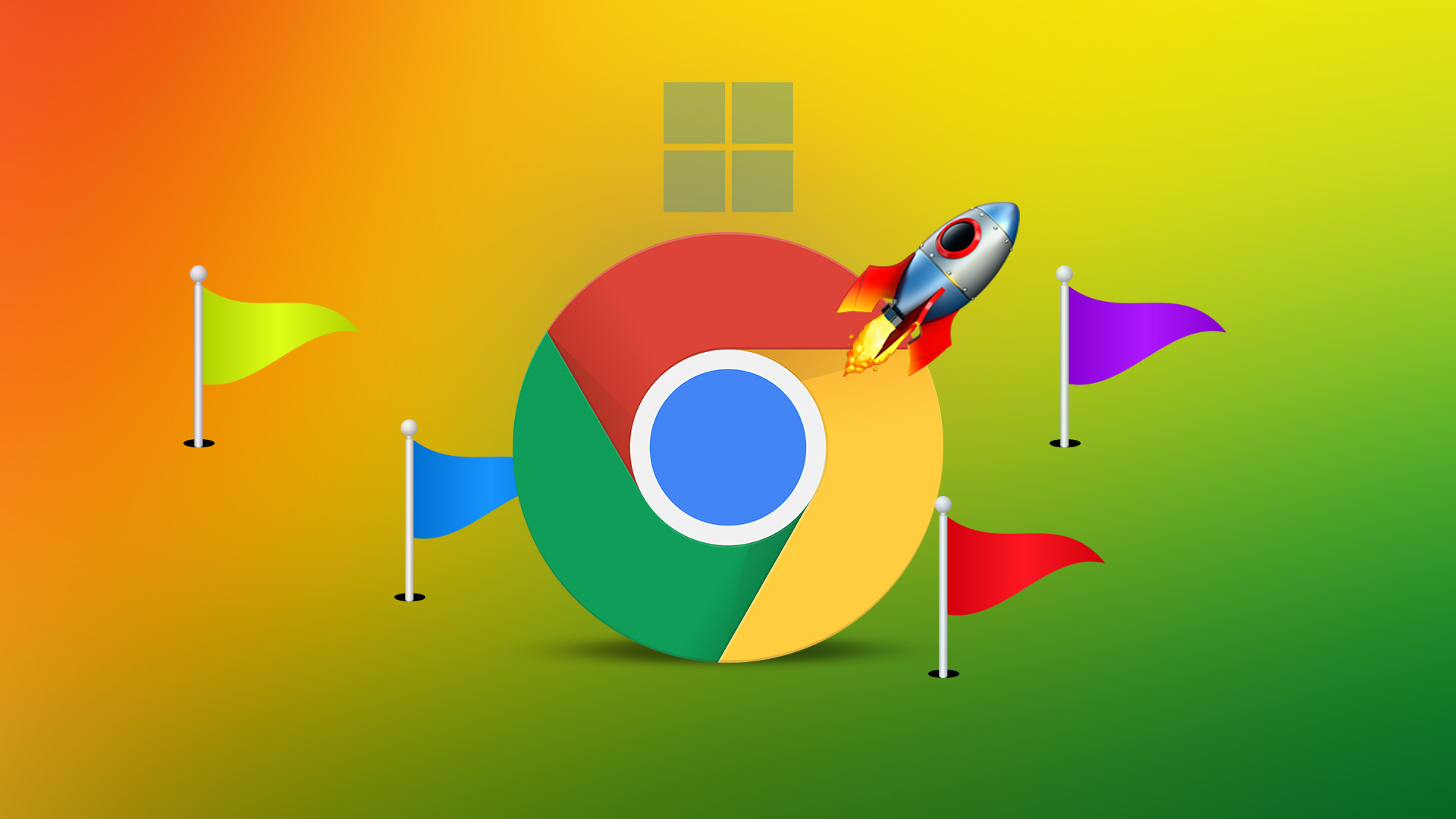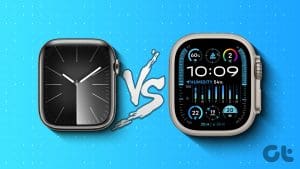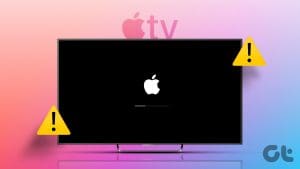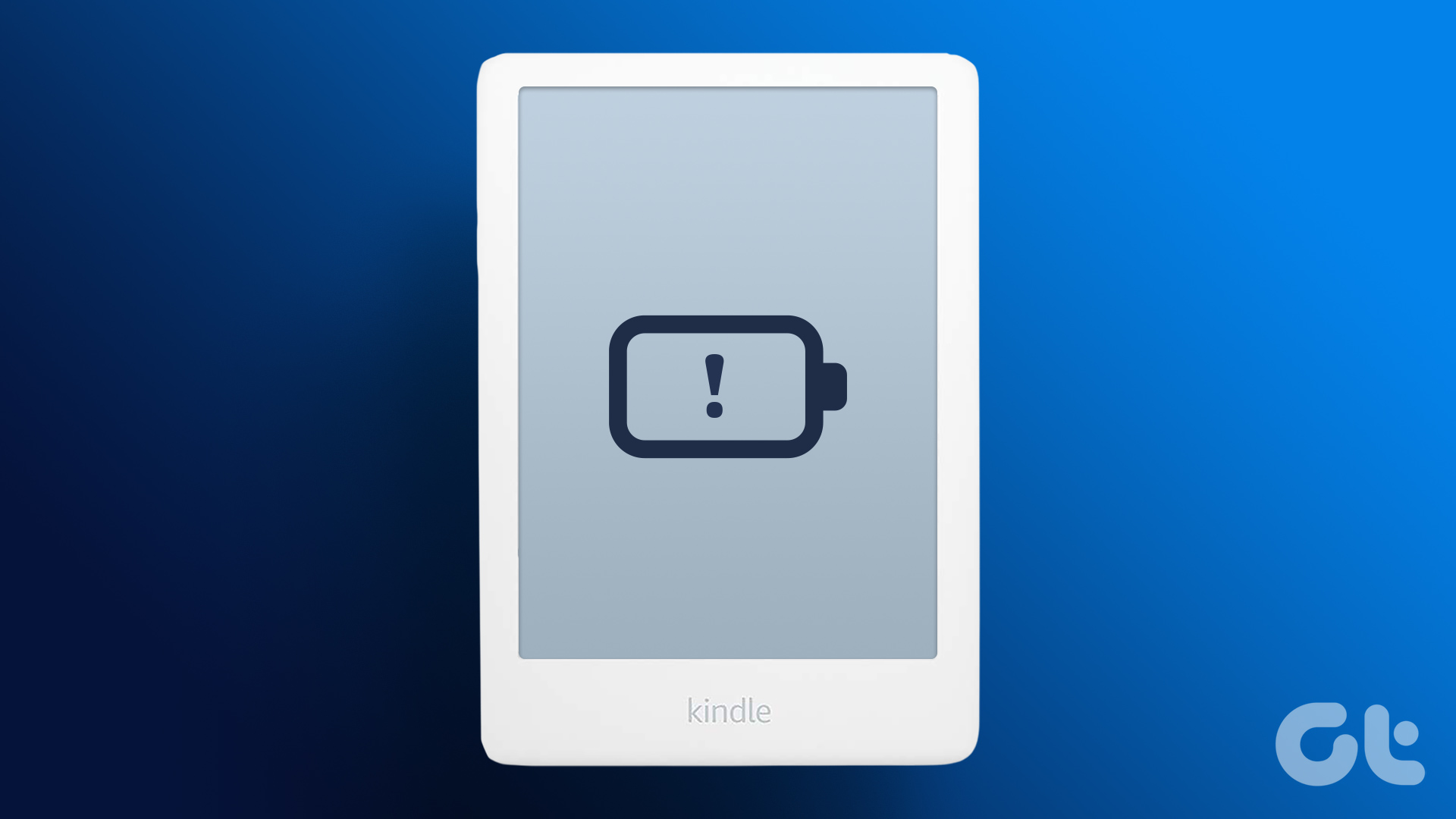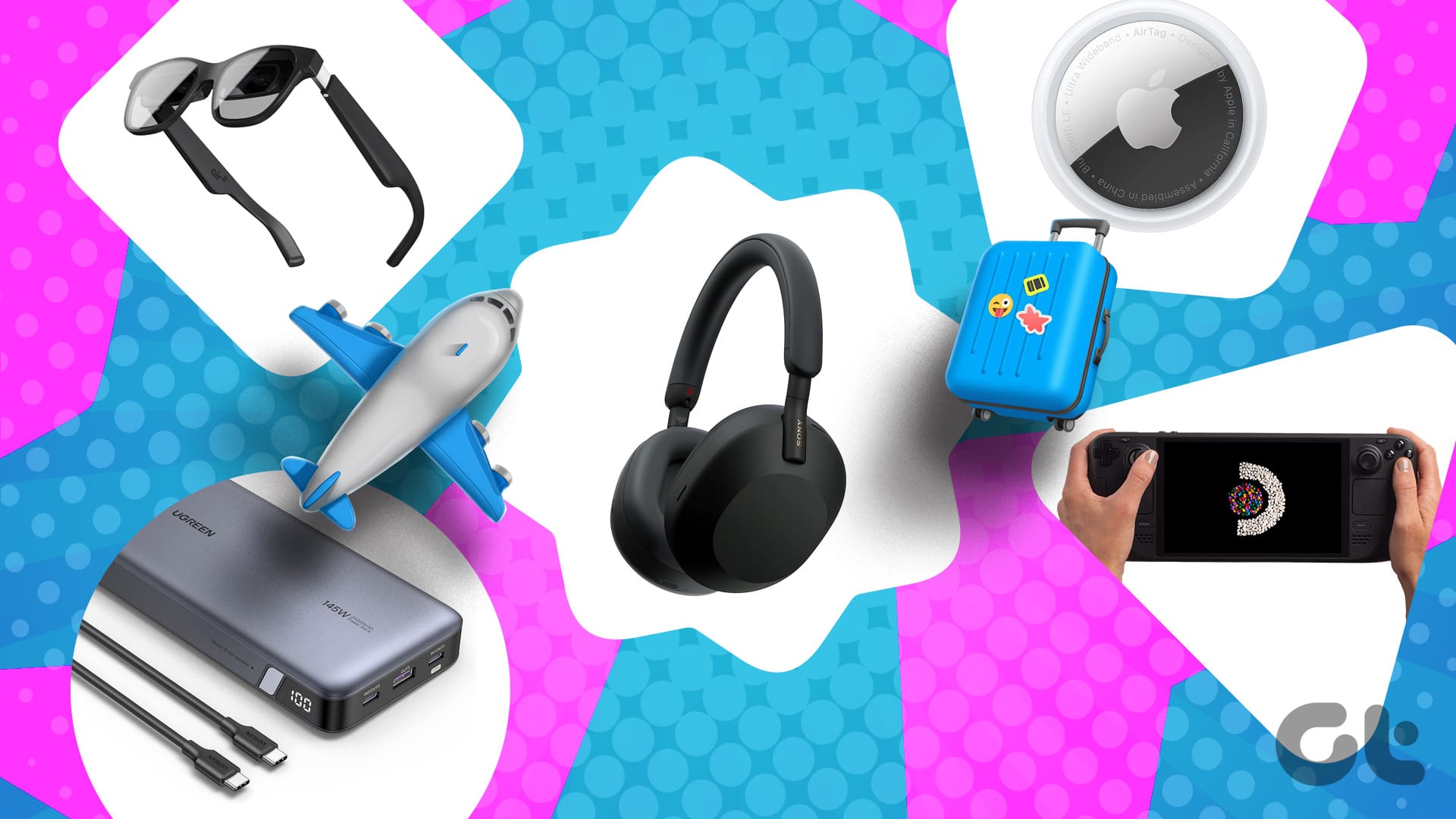Over the past few years, Apple has heavily pushed the iPad as a replacement for your computer. The brand has furthered this notion by equipping its tablets with powerful ‘M’ series chips — the same as the ones found on its actual computers — MacBooks and iMacs. In fact, the new iPad Pro 2024 — in a first — debuts the Apple M4 chip even before a Mac.
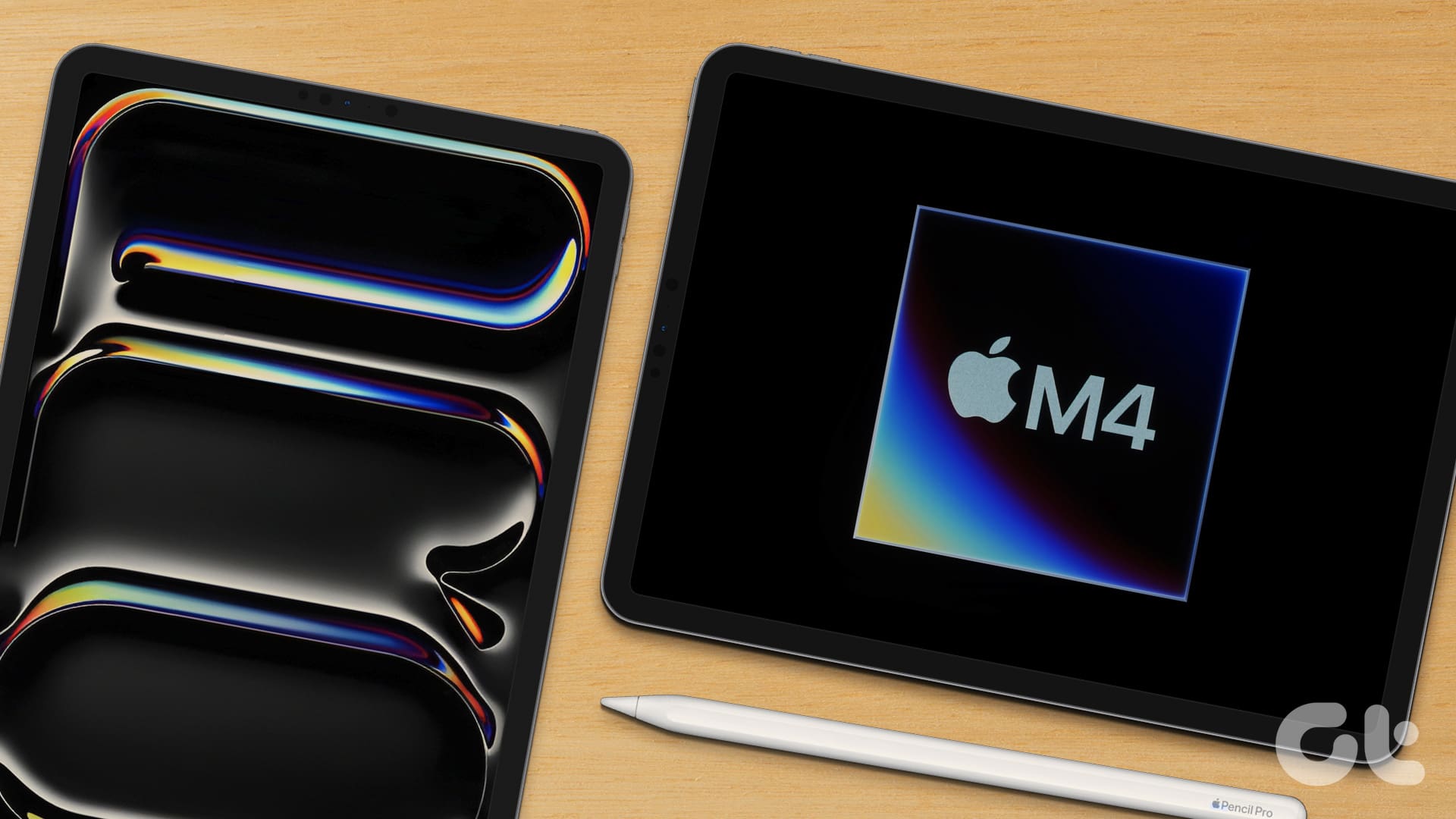
That makes the new iPad hella powerful. Along with the hardware inside, Apple even has a revamped aluminum Magic keyboard case that adds both—a nice keyboard and a trackpad, making the input experience the same as on a Mac. Combine that with a gorgeous OLED display, and your entertainment needs are also covered.
So, with so much going for the Mac, you may wonder—what’s stopping the iPad from becoming a mainstream computer for the masses? The answer is Apple itself.
Why Buy an iPad?
Unsurprisingly, tablet sales have plummeted over the past few years. The primary reason for that is the device’s confusing proposition. Take the iPad, for example. Currently, the iPad is a blown-up iPhone that can do more than a smartphone but a deflated Mac that can’t do as much as a laptop.

In mathematical terms, if you draw up a Venn diagram consisting of an iPhone and a Mac, the intersection of the two is an iPad. So, for someone who owns both an iPhone and a Mac, an iPad is essentially a redundant device. It bears no additional value to make it a lucrative proposition.
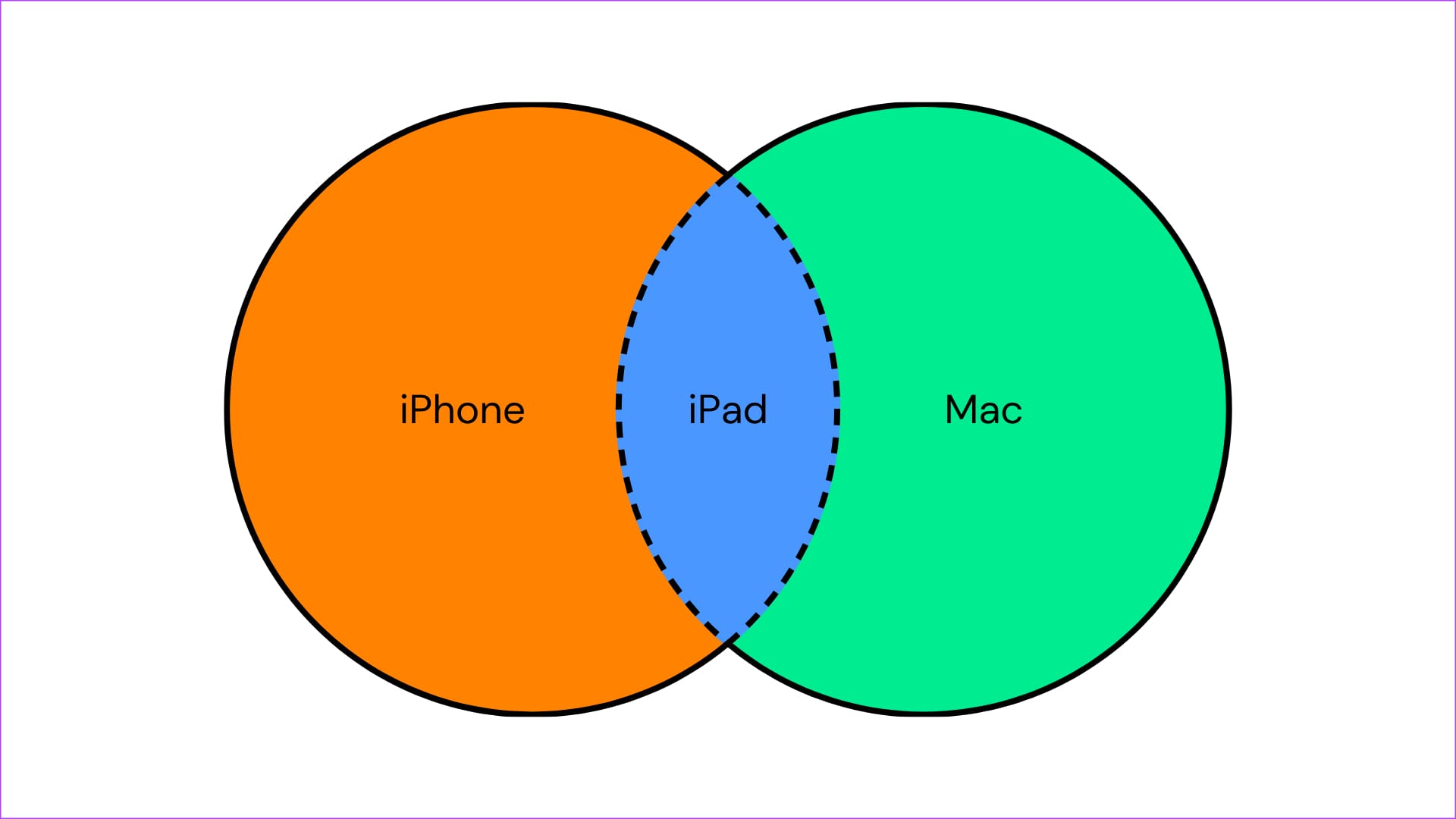
On the other hand, someone with an iPhone looking for a computer for school or work would rather buy a Mac than an iPad due to its additional capabilities. The fact that the MacBook Air is only a few hundred dollars more than the iPad Pro doesn’t help Apple’s cause, either.
In fact, some SKUs of the iPad Pro can even exceed the MacBook Air’s baseline price tag, making it an even tougher choice.
So Much Confusion
Apple spoils you for choice. Let’s say you decide to buy an iPad instead of a Mac. If you head to Apple’s website, you’ll find a 10.2-inch iPad from almost three years ago at the bottom of the barrel. Then, there’s the newer iPad 10 with a 10.9-inch screen. Moving up the price ladder from there will get you the iPad Air (available in two sizes). Finally, up at the top, in flagship territory — is the iPad Pro.
The iPad Pro is again available in two sizes, adding to the confusion. And amidst all this, we completely forgot about the iPad mini—just like Apple has in the past couple of years.

I love having multiple options to choose from as a consumer. But too many cooks indeed spoil the broth. While Apple’s website tries to differentiate between all the models in the most intuitive way possible, it’s still hard for an average consumer to determine the difference between a laminated display on the iPad Air and a non-laminated one on the entry-level iPad.
To Pro or Not to Pro
To make matters worse, Apple’s storage configurations were super convoluted until today. Thankfully, the new iPad Air starts at 128GB of storage. This is a much-needed jump from the last-gen Air, which started at 64 GB. No tablet or consumer gadget in 2024 should have 64GB of storage, so I’m glad this is fixed.
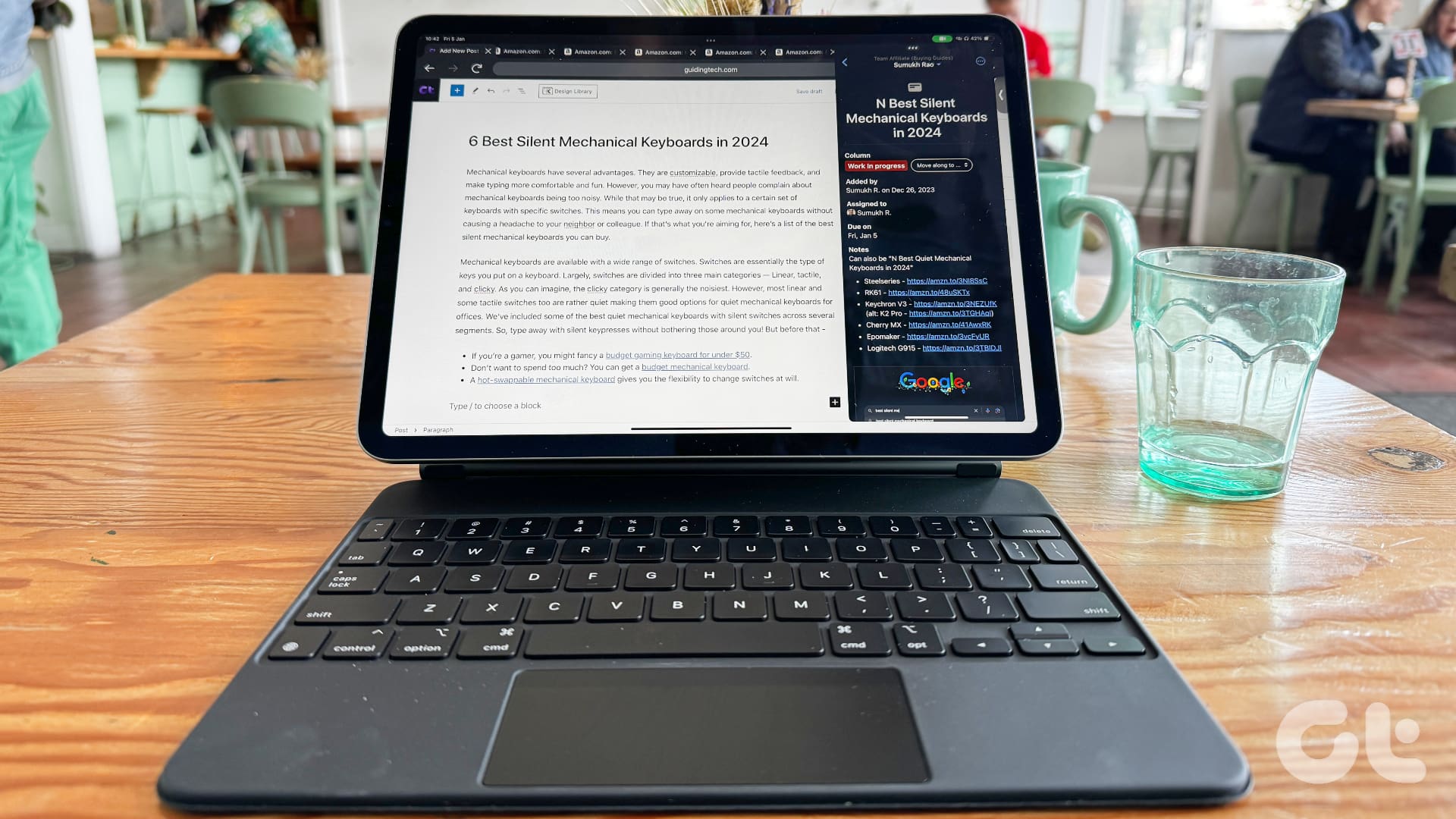
So, there’s no more confusion, right? Wrong. While the storage issue is now sorted, Apple wants you to be confused about sizing. The iPad Air now comes in two sizes: 11-inch and 13-inch.
That’s great, a new option for people who want a large screen, you might think. But, this is where the confusion starts yet again. The 256GB 13-inch iPad Air is priced uncomfortably close to the base variant of the 11-inch iPad Pro.
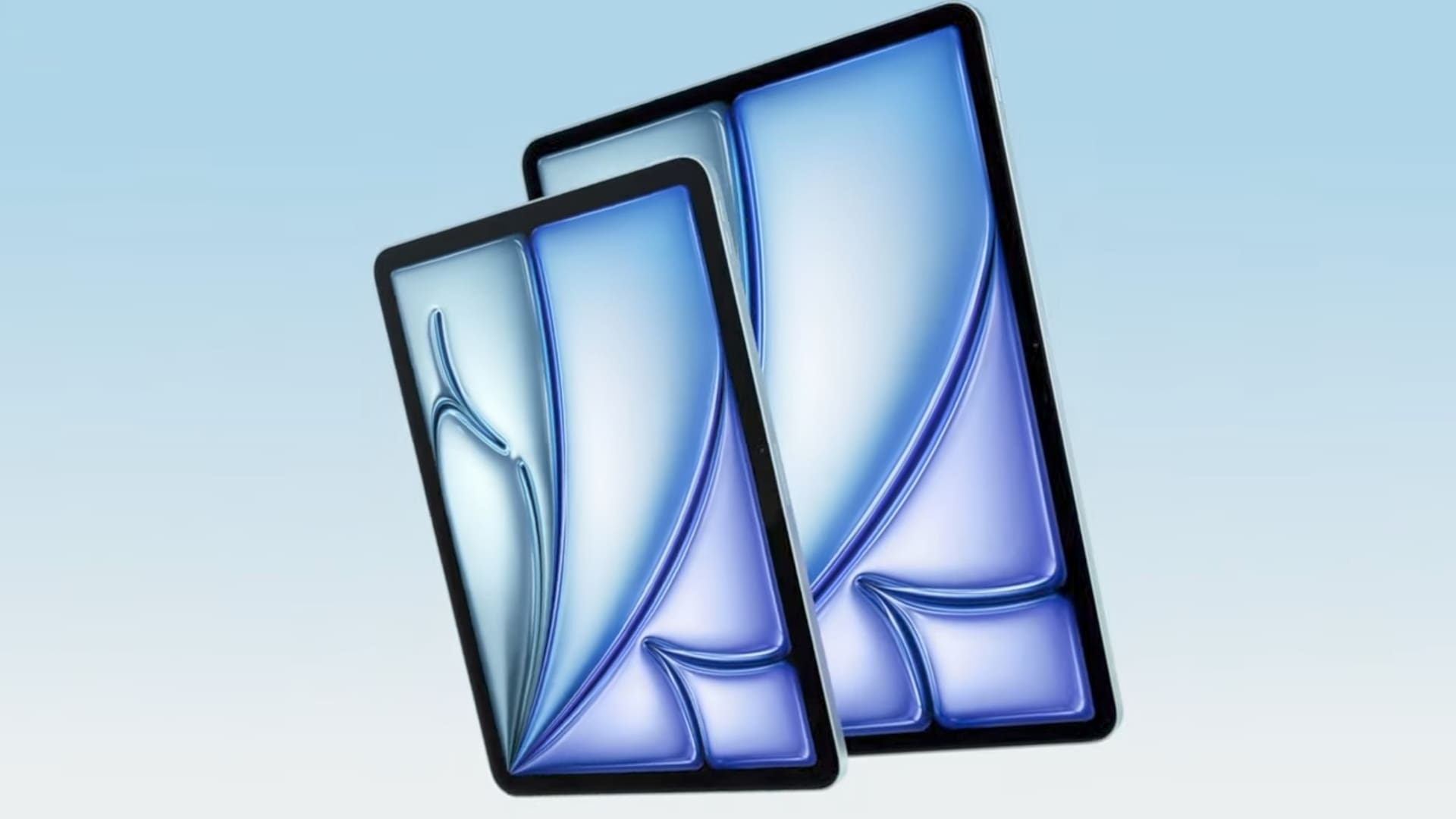
So now, you’re more confused than before. Should you opt for the bigger Air which gives you more screen real estate or compromise on size for a better OLED, ProMotion display on the Pro?
Now that you’ve gone Pro, should you spend $100 more and get a MacBook Air with a larger screen, full-fledged keyboard and trackpad, and a much better OS? Gosh, the spiral is endless!
(The Lack of) A Much Better OS
Even if you get through all the confusion and zero in on an iPad, the truth remains that macOS is far superior to iPadOS. At its core, iPadOS is still a scaled-up version of iOS in several ways.
Of course, there are some additional features like better multitasking with support for multiple windows and Stage Manager. But you cannot run full-fledged desktop apps, meaning it still cannot completely replace a Mac or Windows computer.
Even though the newly launched versions of apps like Final Cut Pro and Logic Pro allow you to perform heavy tasks like editing videos and audio, the overall experience is still better on the desktop version of these apps.
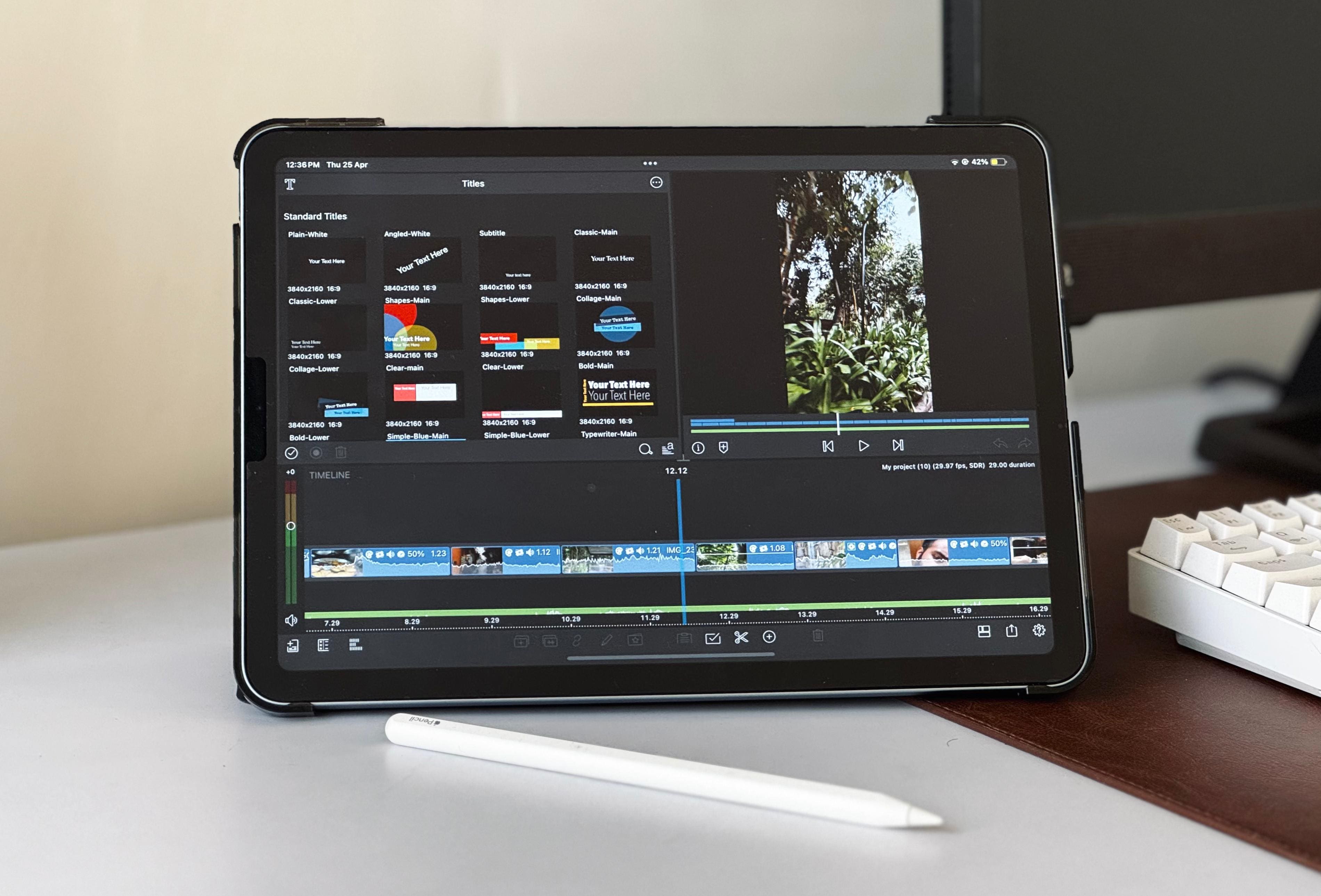
This brings me to the fact that improving the hardware on iPads and adding new, powerful chipsets isn’t enough to revive the tablet market. What we need is a new, revamped OS to resurrect the lineup.
A powerful OS that goes toe-to-toe with macOS. One that can facilitate easy multitasking. And one that can run intensive apps, programs, and games to match desktop-level productivity. After all, what’s the use of a mighty powerful chip that can’t be utilized to its full potential?
A Far-Fetched Dream?
Bringing macOS to the iPad will eventually result in a touchscreen Mac. This is exactly why Apple will never do it. Just think about it. Why would anyone buy a MacBook if an iPad can do everything a MacBook does — and more with touchscreen functionality? Apple would end up digging its own grave.
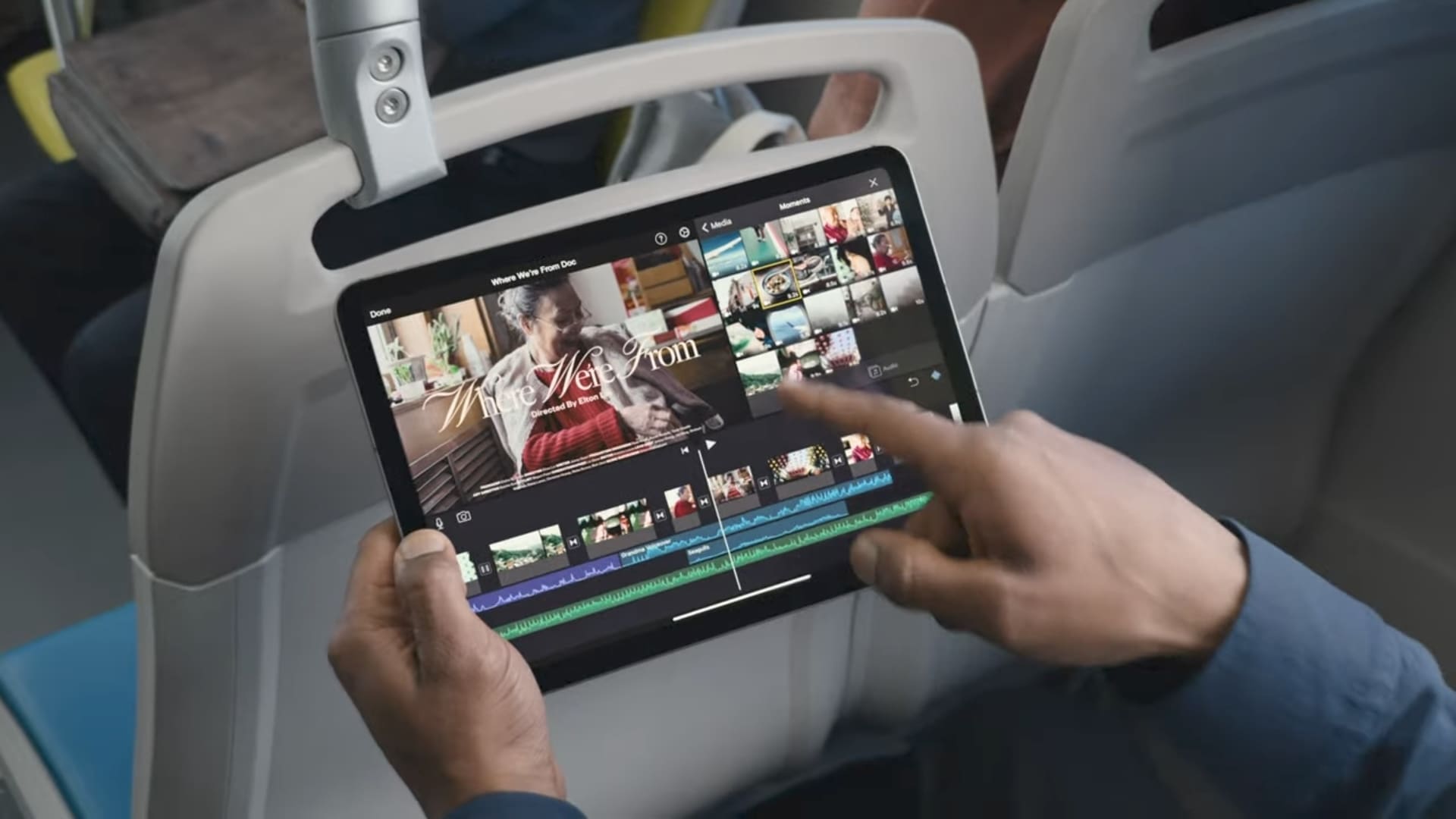
On the other hand, this can also indicate that MacBooks with a touchscreen may also never happen because that would eventually kill the iPad. Needless to say, Apple would want to sell both devices to maintain its trillion-dollar market cap.
Always a Supplement, Never Standalone
I think it’s time we all (including Apple) accepted the fact that an iPad will always remain a supplement to existing devices (iPhone and Mac) instead of a standalone computer for most people. The new iPads are certainly fantastic and much-needed refreshes compared to the iterative upgrades we have been getting for half a decade.
However, the software doesn’t take complete advantage of the incredible hardware on offer, and as of now, it seems like it never will. I hope I’m proven wrong someday, as the iPad has so much potential to become an all-in-one cellular computer to handle all computational needs. That said, WWDC is right around the corner. Please surprise us, Apple. Please!
Was this helpful?
Last updated on 07 May, 2024
The article above may contain affiliate links which help support Guiding Tech. The content remains unbiased and authentic and will never affect our editorial integrity.

